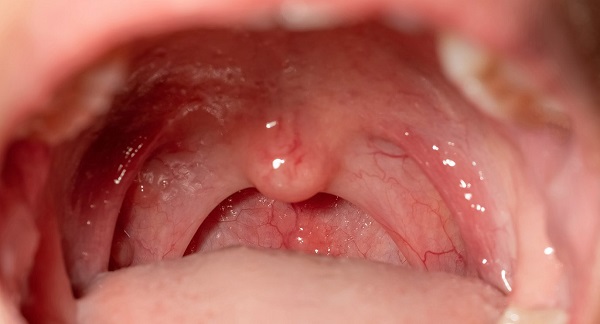
My baby has whitish things on his hard palate
Dear Mirror Doctor, My baby has these whitish things on his hard palate. It was present when the baby was born and is not increasing in size or numbers just that I see it whenever he cries.
Advertisement
What are these and should I worry about them?
Worried mum, Adenta
Dear Worried mum, Your baby has Epstein's pearls which is a frequently encountered lesion during newborn examination. Epstein’s pearls was named after Alois Epstein, a paediatrician working in Prague who first described the presence of small nodules in the mouths of some newborns.
They are tiny white or yellow discrete bumps that develop on the mucous membranes that line the roof of the mouth. Epstein pearls can appear as a single cyst or in groups of two to six lesions.
Their development and placement seem to be random, but neither is worse than the other. They should not get bigger over time. It can often look like a baby tooth breaking through the gum since they are firm to the touch. Almost 90 per son of babies are born with these pearls.
Epstein pearls are caused by a build-up of keratin in the soft and hard palates. Keratin is the type of protein found in hair and nails. They're like milia – a certain skin rash seen in newborns on the face, which are a harmless build-up of skin cells.
A fetus' palate begins to develop around the end of the eighth week of gestation when structures forming the upper jaw elements start to grow. Between weeks 10 and 11 in the womb, the separate parts of the palate begin to fuse and complete by the end of four months in the womb. Keratin is trapped between the soft and hard palates during this fusion from Epstein pearls.
Epstein pearls are firm to the touch and mothers may feel them when their baby is breastfeeding. They may appear in groups of two to six cysts, or alone. The distribution of the bumps around the mouth varies. These growths are harmless and do not interfere with feeding or tooth development and parents need not fret at all.
It is worth noting that Epstein’s pearls are not the only swellings that can happen in the mouth. Other possibilities are:
Bohn nodules: Are mucous gland cysts that appear on the roof of the mouth on the ridge just behind the front teeth. These lesions are usually multiple, grayish-white in colour and also firm to touch. They are also harmless and eventually disappear by themselves.
Dental lamina cysts: Are remnants of the dental lamina skin in the mouth. They are typically more transparent and slightly bigger, but they are similarly benign and fade after a short time. They are found in place of teeth on top of the gums.
Congenital epulis: This type of tumor is attached to the tissue via a stem-like appendage. For an unknown reason, they are ten times as likely to form in female infants as males and can cause complications with eating and breathing.
This tumor arises from the mucosa of the gum, most commonly from the anterior part of the maxillary alveolar ridge and is typically seen as a mass protruding out of the newborn child's mouth. Surgical removal is required, but it’s highly unlikely that congenital epulis will return.
Some male babies develop Epstein pearls on the prepuce (the redundant skin on the penis) of the penis. These bumps are similar in appearance and make up to oral cysts.
Fewer than one percent of infants develop these harmless growths. Prepucial Epstein pearls do not interfere with urination. Like oral Epstein pearls, they will spontaneously rupture. If an infant undergoes circumcision, the procedure will also remove the growths.
Epstein pearls clear up on their own within a few weeks and up to three months. They typically fade away or rupture, releasing the backed-up keratin.
Even though they will rupture eventually, we should never attempt to speed up the process and rupture an Epstein pearl. If we do, they can lead to irritation, infection, and inflammation.
Medical intervention for an Epstein pearl is unnecessary stress to put on a baby. Again, this growth will not affect a baby's health or ability to feed, so just allow them to heal on their own.
A member of Paediatric Society of Ghana



